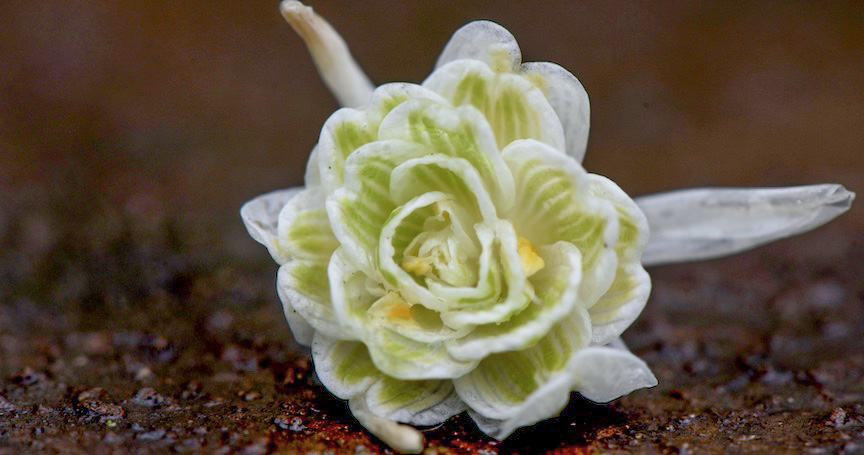
Gardening Green with Doug
Fall Is For Planting
DON’T LET COOL WEATHER STOP YOU FROM GARDENING
By Doug Oster
November 17, 2021
The trees are slowly letting go of their leaves, gently floating to the ground, a signal that the gardening season is coming to an end. But there’s still time for planting, all the way until the ground freezes solid.
Garlic Love
While tender crops like tomatoes and peppers have finally succumbed to frost in the vegetable garden, they leave room for a favorite bulb to plant.
Garlic out of the garden is unmatched in flavor and texture, this is the perfect time to plant the cloves.
It’s one of the easiest plants to grow, but the key is to start with the right type. Find seed garlic at a good nursery or local farm.
There’s no way to know if garlic from a standard grocery store is hardy unless it was grown locally.
I got mine at Janoski’s Farm and Greenhouse in Clinton, Pa.
When garlic is sold as food, it’s cheaper than when offered as seed, although they are the same thing. I found mine in their farm market, it was picked out of their own fields.
Before splitting the head into cloves, improve the soil with organic matter, like compost. The cloves prefer a rich, well-drained soil in full sun if possible. Partial shade will work, but the bulbs will end up being a little bit smaller.
Each clove is planted three inches deep and six apart, then cover the bed with a thick layer of mulch, like straw. It acts as a blanket as the cloves form roots at the end of the season. The cloves will become a full-sized bulb when harvested next July.
There are many more parts of the plant which can be picked though, check out the five harvests garlic produces for home gardeners here.
Trees Are The Answer
As winter looms, it’s also the perfect time to plant trees. The short days and cool temperatures assure the plant will work hard at expanding its root system, not putting on top growth.
It’s thrilling actually to head to the nursery knowing much of what left is on sale and that it will thrive if planted now. This is when I splurge, looking for something special to plant in the landscape.
As older trees in my little oak forest have fallen, they have opened up the canopy, leaving room for something different to take their place.
There are a few critical steps involved in planting trees.
Firstly, understand and respect how big the tree will be when mature. I answer questions daily about pruning trees that were planted in the wrong place. It’s often a losing proposition, requiring the tree to be removed.
Know what kind of conditions the tree enjoys when it comes to sun, shade and soil.
Never plant a tree too deep, find something called the root flare at the bottom of the tree. It’s where the trunk meets the soil. Oftentimes, even when purchased from a nursery, the soil needs to be gently brushed away to reveal the flare.
Dig a hole two to three times bigger than the root ball and set the tree in place. This is one type of planting where compost is not added. Use the native soil for backfill, this will allow the roots to continue to reach out into the soil.
Watering until the ground is frozen will get the plant off to a good start. When mulching, never let the mulch touch the bottom of the tree. Your mulch ring should look like a donut, not a volcano.
Witch hazel is a wonderful native tree that blooms in the winter with yellow or red flowers that sort of resemble little fingers. It’s one of the first trees to flower for the season.
This story has a list of some of my other favorite trees and a touching tale of a family’s lost tree.
Shrubs For The Landscape
Shrubs can also go into the ground using the same rules. One of the biggest concerns for most gardeners are deer, as shrubs offer them the perfect salad bar. Things like junipers, boxwoods, viburnum, Japanese pieris, daphne, inkberry and many others are deer resistant. Nothing is deer-proof, as young animals will try this and that, figuring out what they like. There are more shrubs they don’t prefer here.
Discount Bulbs For Spring Blooms
It’s also bulb planting season and there are more deals to be had as many nurseries have discounted their stock. My Power Planter auger is an indispensable tool to get them in the ground easily. It’s a big drill bit for a power drill and allows me to plant hundreds of bulbs in a day.
If you’ve never planted bulbs before, a good choice to try is snowdrops. They are tough, deer resistant and will spread, announcing the arrival of spring when they flower in late winter.
Snowdrops are tiny, so they are easy to plant and inexpensive. ‘Flore Pleno’ has double flowers which look down and are only a quarter of an inch across. Pick them, flip them upside down and float them in water and the rest of the family can enjoy the flowers.
I write endlessly about daffodils. Look for early, mid-season and late-blooming varieties to extend the season from April well into May.
There are many different divisions (types) of daffodils besides yellow trumpets. Nothing wrong with them, but it’s fun to grow some other varieties too.
Every gardener has their favorites, mine are double flowers like ‘Tahiti.’ Planted in a mass drift, the billowy flowers are a spring show stopper.
All bulbs are planted three times as deep as the bulb itself.
Here’s a complete list of my favorite bulbs to plant now.
Don’t stop planting because it’s cooled off, get some of these great plants in the ground to make next year’s garden even better.
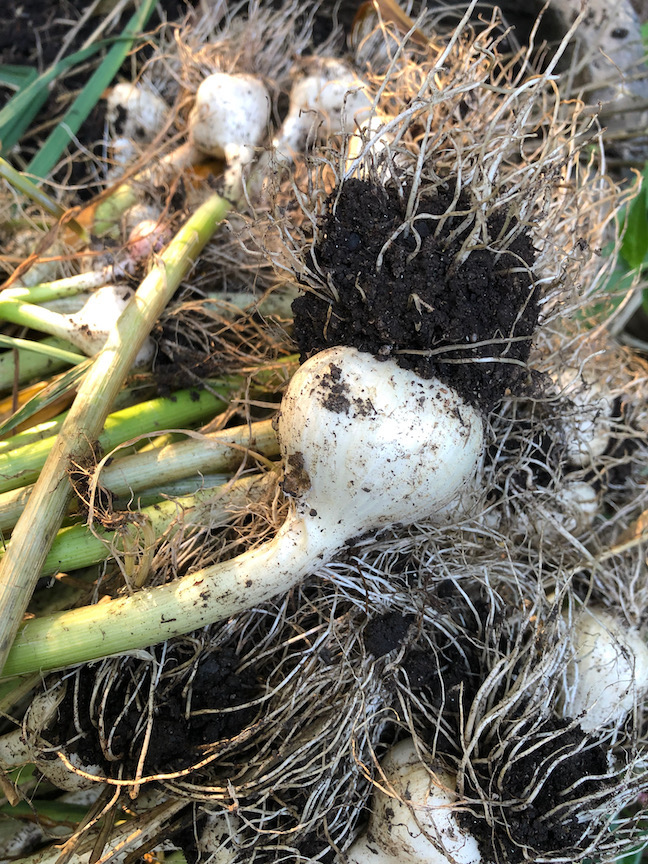
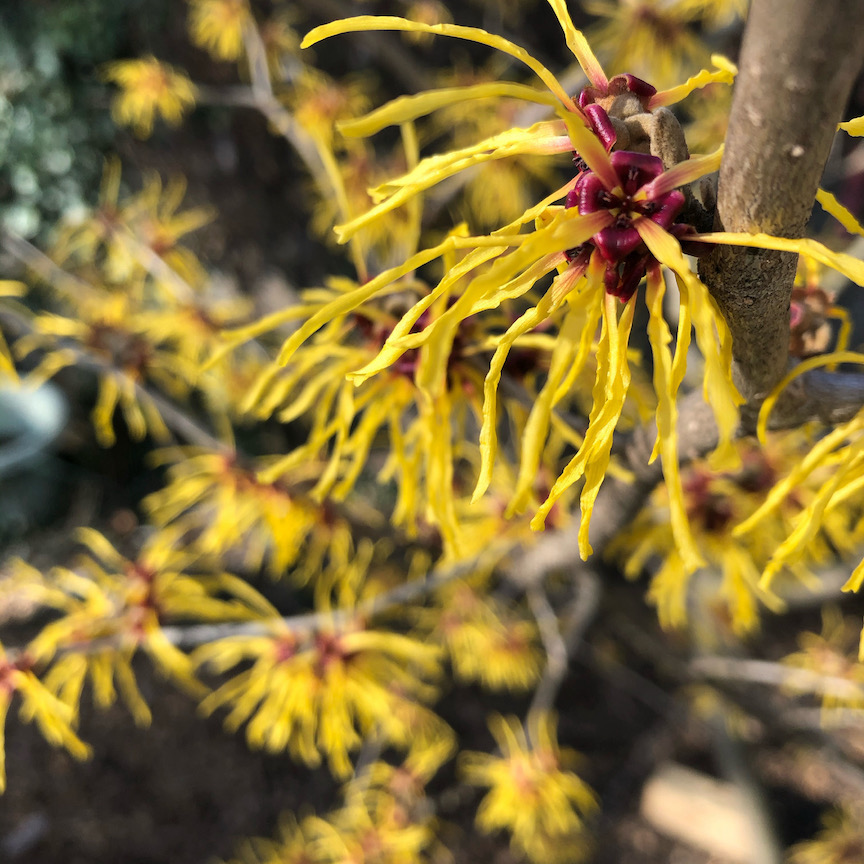
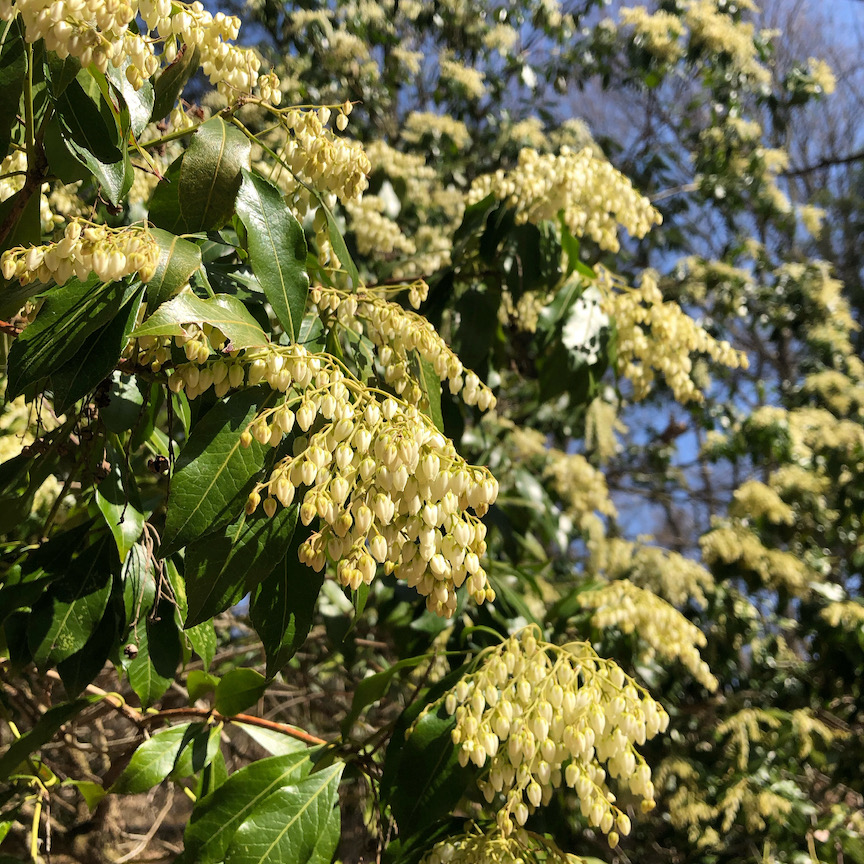
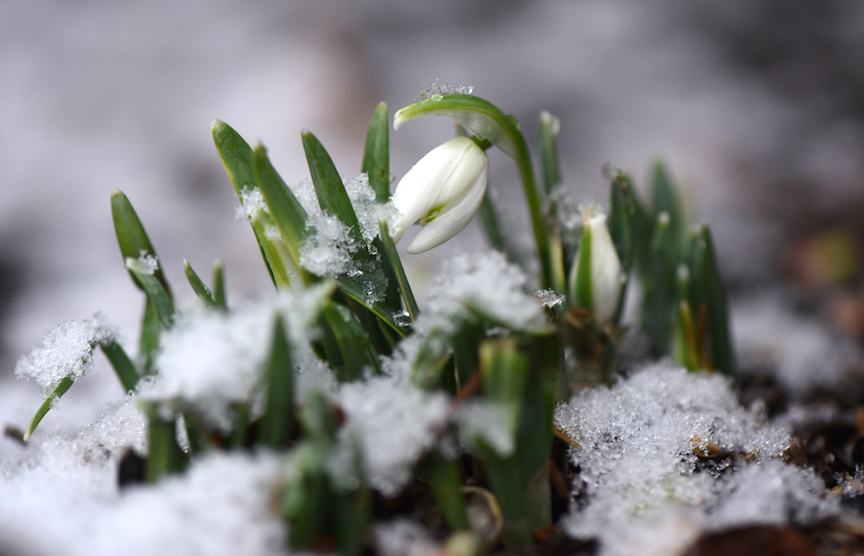
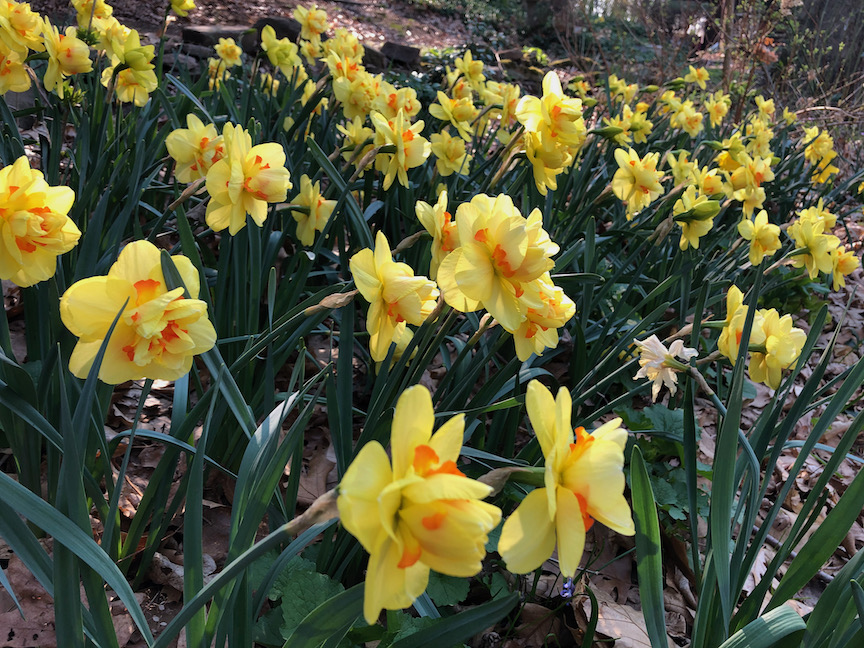

I hope I can find some seed garlic here in NC, since it surely is not too late to plant it. Thanks for the encouragement for fall planting. I have nice lettuce growing, aNd some of your free Swiss chard